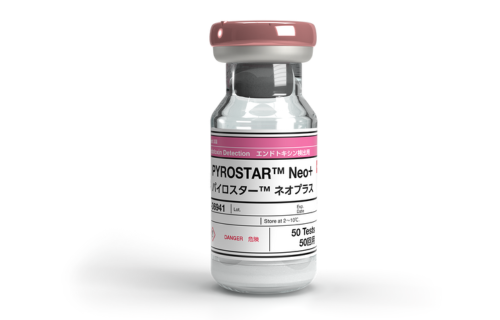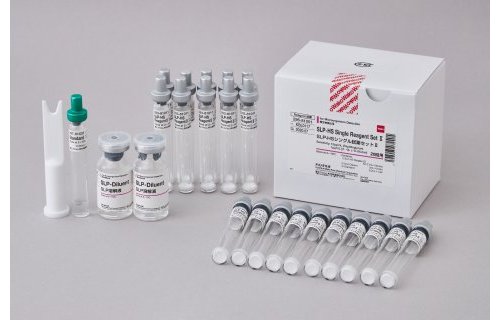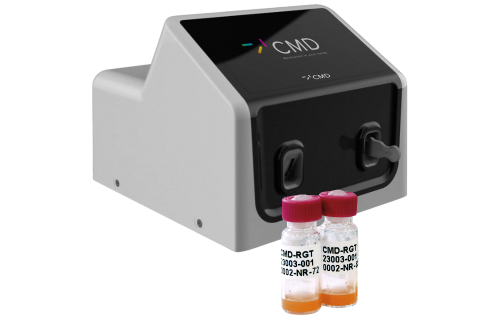Peritonitis resulting from contamination of dialysate or dialysate raw materials
Parenteral pharmaceutical products have become indispensable for the treatment of numerous disorders and have tremendously improved patient outcomes. However, their use may be associated with a risk for contamination, which may lead to an infection. One example of such an infection is peritonitis, which may develop due to contamination of peritoneal dialysates or dialysate raw materials in patients undergoing peritoneal dialysis.1 Peritoneal dialysis is a therapeutic strategy for end-stage renal disease, which is an alternative to hemodialysis.
Peritonitis is inflammation of the tissues that line the abdominal wall and most abdominal organs. The causes of peritonitis vary and may include an infection, an injury, or another disease. Symptoms that individuals with peritonitis commonly experience include severe pain, abdominal swelling, fever, and weight loss.1,2
Peritonitis may limit the long-term success of peritoneal dialysis. Therefore, peritonitis prevention by maintaining sterile solutions and an aseptic approach as well as the prompt initiation of treatment are key strategies to improve the outcomes of peritoneal dialysis.1
Microbiological causes of dialysis-related peritonitis
Various microbial agents may cause dialysis-related peritonitis. They include coagulase-negative staphylococci; S. aureus; streptococci; Enterococcus spp.; Corynebacterium; gram-negative enteric bacteria (including E. coli, Enterobacter, Klebsiella, Citrobacter, and Proteus spp.); nonfermenting gram-negative rods (such as Pseudomonas, Stenotrophomonas, and Acinetobacter); fungi; and mycobacteria. In addition, dialysis-related peritonitis may be polymicrobial or culture-negative.1
The role of endotoxins in gram-negative peritonitis related to dialysis
In peritonitis caused by gram-negative bacteria, endotoxins play an important role as a virulence factor. Gram-negative bacteria contain lipopolysaccharide (endotoxin), which is released primarily during bacterial lysis. When endotoxins gain parenteral access to the inside of the body, they can cause a severe pyrogenic reaction, including fever and inflammation. Due to the severe consequences of endotoxin contamination, parenteral pharmaceutical products and medical devices undergo strict endotoxin testing. The Limulus amoebocyte lysate (LAL) assay has been established as the gold standard for endotoxin testing with high sensitivity and specificity and both qualitative and quantitative versions of the assay.
Aseptic peritonitis due to peptidoglycan-contaminated dialysis solutions
Peptidoglycan contamination is another possible source of peritonitis related to dialysis solutions. Peptidoglycans are also pyrogens, but their potency is several magnitudes lower than that of endotoxins. Notably, peptidoglycans are present in the cell walls of most bacteria, especially gram-positive bacteria. In 2002, a tenfold increase of the rate of aseptic peritonitis was observed, which was found to be caused by peptidoglycan contamination of icodextrin-containing dialysis solutions. This peritonitis outbreak raised awareness of the potential risks associated with peptidoglycan contamination of dialysis solutions.3
Focus on the prevention of peritonitis related to dialysis
To reduce the risk of dialysis-related peritonitis, an aseptic technique and strict testing of dialysis solutions for contamination are critical. Therefore, manufacturers of dialysates or dialysate raw materials are required to adhere to pharmacopeial standards for their sterility. Endotoxin testing is routinely and rigorously implemented in the manufacturing of dialysates or dialysate raw materials. However, the risk of peptidoglycan contamination may be overlooked. FUJIFILM Wako has developed a line of SLP reagents that can detect peptidoglycans and (1->3)-β-D-glucans in parenteral products, including dialysates and raw dialysate materials.
Literature sources
- Salzer WL. Peritoneal dialysis-related peritonitis: challenges and solutions. Int J Nephrol Renovasc Dis. 2018;11:173-186.
- NCI Dictionary. Peritonitis. Accessed May 18, 2023. Available at: https://www.cancer.gov/publications/dictionaries/cancer-terms/def/peritonitis
- Martis L, Patel M, Giertych J, Mongoven J, Taminne M, Perrier MA, Mendoza O, Goud N, Costigan A, Denjoy N, Verger C, Owen WF Jr. Aseptic peritonitis due to peptidoglycan contamination of pharmacopoeia standard dialysis solution. Lancet. 2005;365(9459):588-94.






